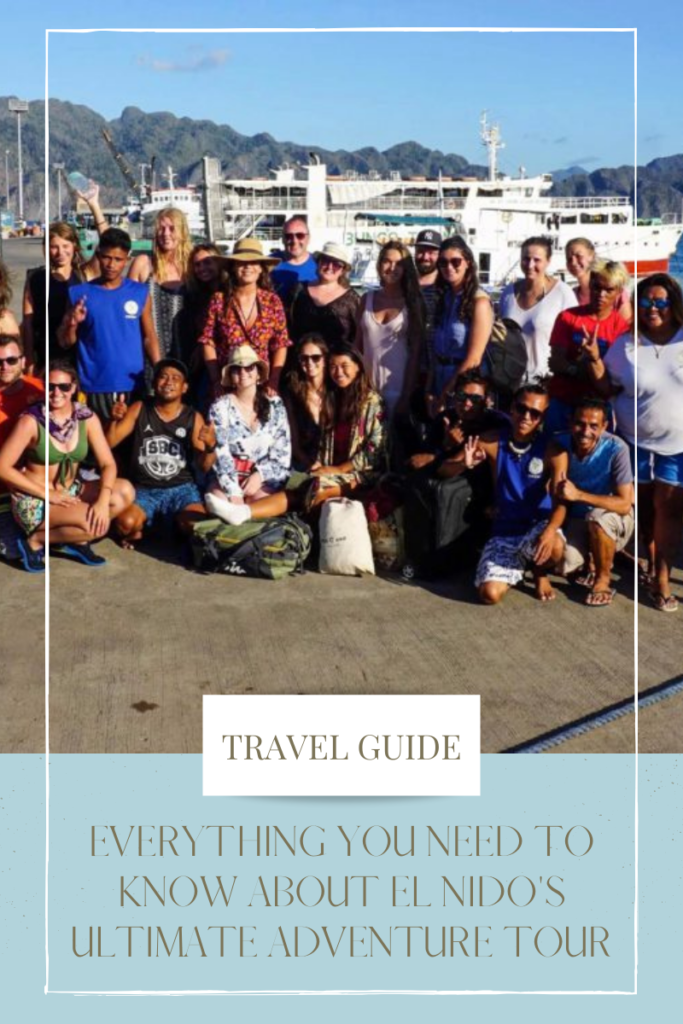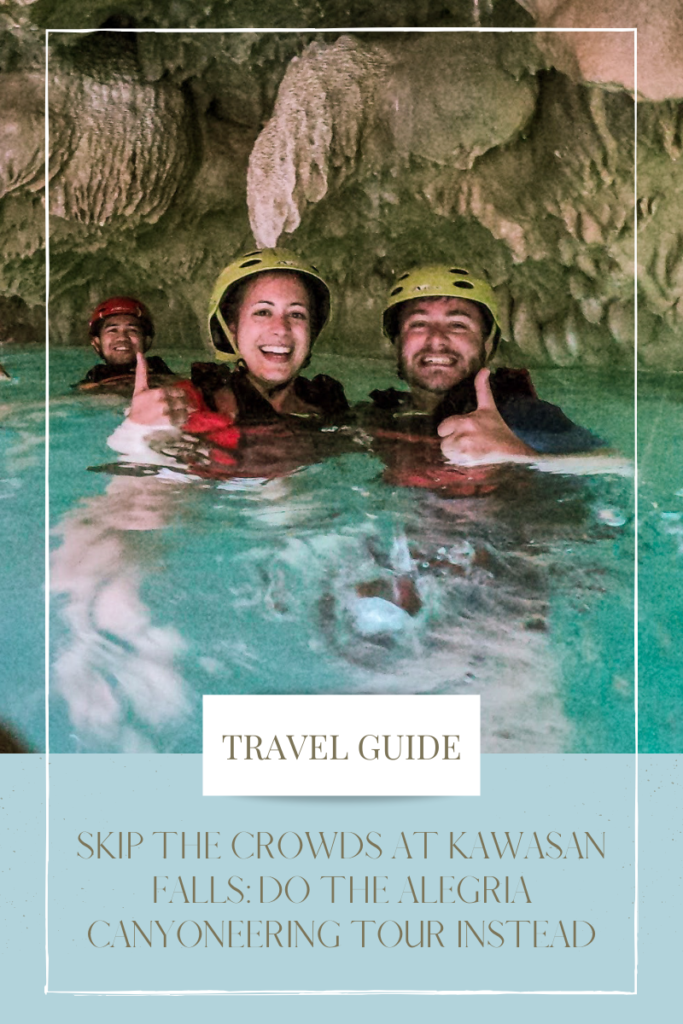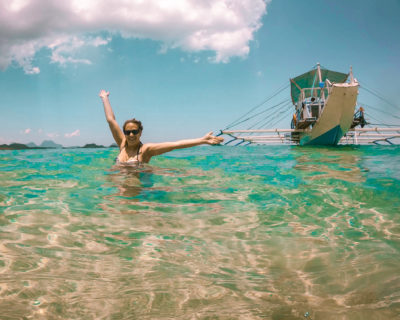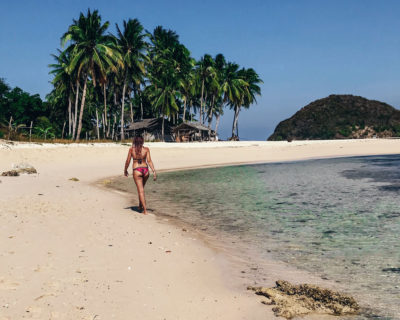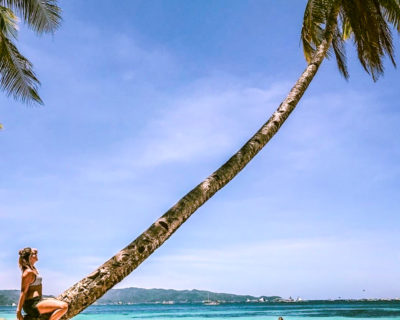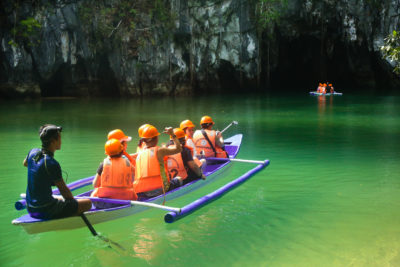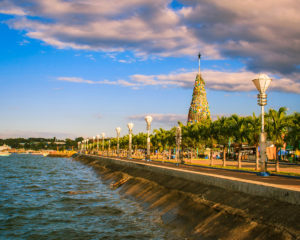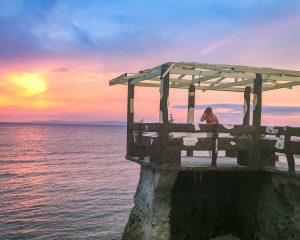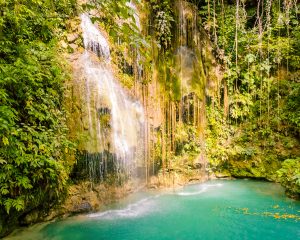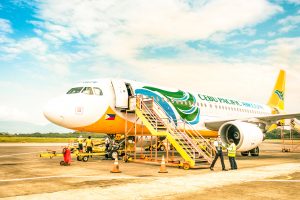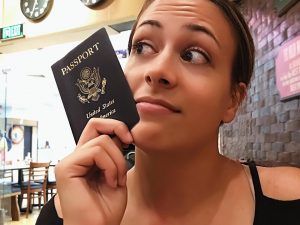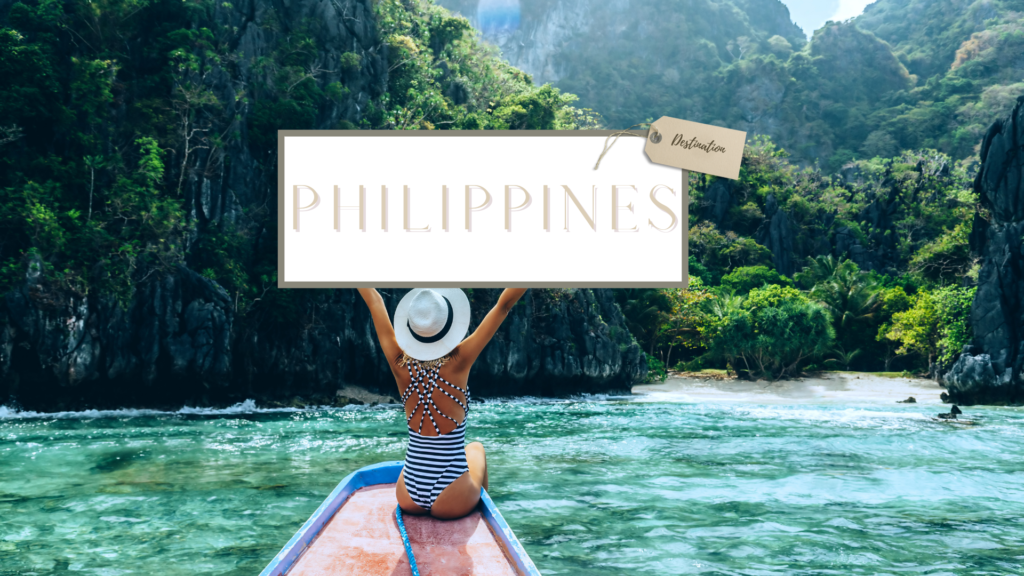
Ultimate Guide to Visit the Philippines
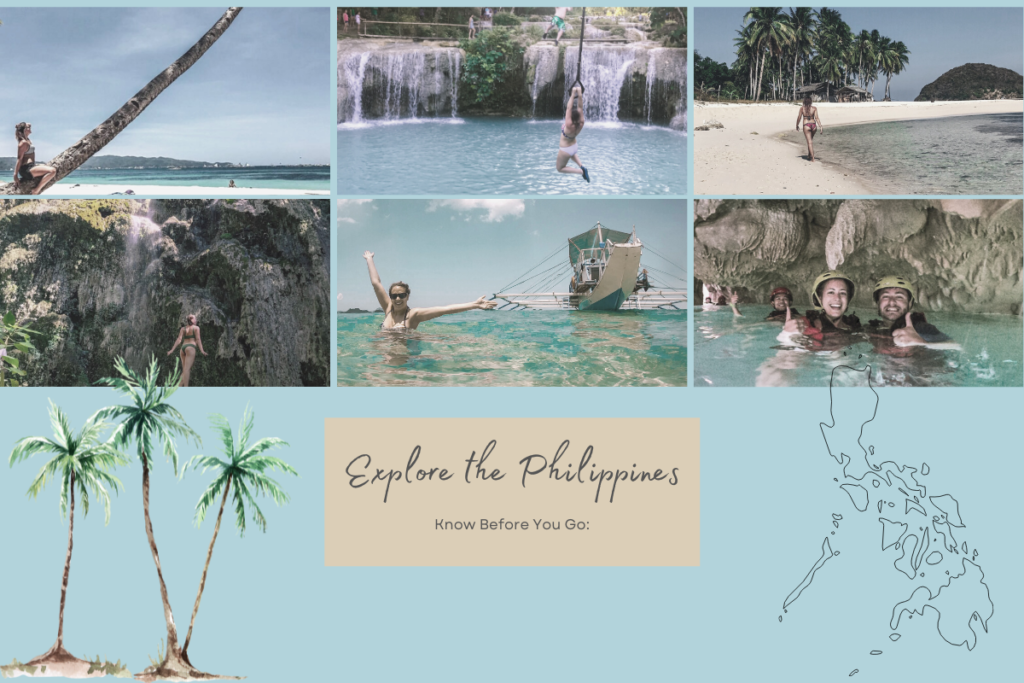
Why Visit the Philippines?
When deciding where you want to go for your next vacation, the beautiful islands of the Philippines should not be overlooked.
Dustin and I spent almost 3 weeks in this vastly underrated country, and we would gladly return in a heartbeat. I also made my BIGGEST mistake while traveling here in this country!
With over 7,000 islands to explore, there’s so much to see and do here. The Philippines is home to some of the most beautiful beaches, coastlines, waterfalls, and crystal blue waters in the world.
In fact, several islands like Boracay, Palawan, and Siargao, are frequently awarded “best beach in the world” by top travel publications. And the lesser-known Siquijor Island has even been cited as a popular wellness haven and a sustainable tourism destination.
This country offers more than just beautiful beaches. It’s the home to world-renowned natural wonders like an underground river and spectacular rice terraces.
You’ll feast on unique local cuisine and be mesmerized by the friendly, hospitable nature of the local Filipino people. Are you ready to explore the Philippines?
Best Time to Visit the Philippines
The best time of year to visit the Philippines is during its dry season, between November and April. During this time, the country’s beautiful islands and remote areas are fully accessible.
If you want to avoid the tourist crowds, the shoulder seasons of May and late November/early December are good too. You’ll experience fewer crowds during this time but still be fortunate enough with decent weather.
You can visit during the rainy season, but you may be bombarded with some travel issues if any torrential downpours happen. This season is between May and October. During this time, the upside to visiting would be lesser crowds and lower prices on hotels and transportation.
Temperatures increase throughout the dry season, with November to February being more comfortable at 75-85 degrees F.
As you get later into the dry season, like around March and April, you’ll see temperatures as high as the mid 90’s F. And remember, it’s humid too.
Dustin and I went in April, and I’m not going to lie to you- It was HOT.
Luckily, we had the ocean water and beautiful swimming holes to keep us cool. We also made sure that every hotel we stayed at had a pool!
Important Things to Know:
I have an entire post dedicated to tips for your first trip to the Philippines, here.
Language: There are two official languages of the Philippines, the nation’s official language Filipino (Tagalog) and English.
One benefit to traveling to the Philippines is English is widely spoken there. Hence, the difficulty of breaking through language barriers isn’t much of an issue.
Currency: The currency in the Philippines is the Philippine peso.
Credit Cards & ATMs: Visa and Mastercard are widely accepted credit cards in the Philippines. You won’t have the best luck with Discover or Citibank, as they’re not as readily accepted in most establishments.
ATMs can be hard to come by, too. You’ll find them in the major city centers like Cebu City. Still, in places like Oslob & El Nido, there may be only one or two available for use (and sometimes they’re out of cash).
Your best bet is to exchange some foreign currency from your bank before heading to the Philippines. You can also use the airport ATMs or currency exchange centers, but they will be significantly more expensive.
Electricity & Plugs: For the Philippines, there are three associated plug types, A, B, and C. The Philippines operates on a 220V supply voltage and 60Hz. If coming from the United States, you will need to purchase a step-down power converter.
Safety: Overall, the Philippines is safer or just as safe to travel to as any other Southeast Asian country. You’ll need to avoid high-risk areas like Mindanao, for example. But frequent tourist places like Palawan, Cebu, Boracay, and Manila are relatively safe.
Health Information:
Vaccinations & Medications: Before traveling to the Philippines, be sure you’re up to date on all routine vaccinations like Varicella, Tdap, influenza, and MMR.
In addition, you should talk to your doctor about getting the Hepatitis A vaccine, Hepatitis B vaccine, Typhoid, Yellow Fever, and Covid-19 vaccine before traveling to the Philippines. Also, consider bringing this list of essential travel medications.
Water: Stick to bottled water or water that has been filtered. Tap water is not safe to drink in the Philippines.
Bugs: Mosquitos are pretty prevalent in much of the Philippines. There are high Dengue, Zika, and Malaria cases in this region. Read how to prevent mosquito bites, here.
U.S. Embassy Philippines
U.S. Embassy Manila
1201 Roxas Boulevard
Manila, Philippines 1000
Telephone: +(63) 2 5301-2000
Website: ph.usembassy.gov
Popular Philippines Travel Guides:
Filipino Inspired Recipes

All Philippines Articles:
Shop My Philippines Essentials:
